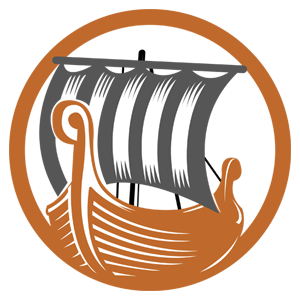Zipaquira, Salt Mine Cathedral
The next morning, we were picked up by Magda for our tour of the Bogota countryside. The first stop was Zipaquira, a salt mine with an underground Catholic cathedral. It’s even open for weddings although a gigantic cavern would not be my first choice for a romantic setting. Complete with multiple tunnels, Stations of the Cross, a dome, three naves and an eerie magnificent cross that looks like marble, but in a clever optical illusion is actually hollow, reflecting the salt granite surface behind it. All created by miners and artists out of love.

Villa de Leyva
Leaving the dark, spooky, and oddly spiritual tunnels, we continued on to Villa de Leyva, a 400-year-old colonial town with cobblestone streets, all white houses (required) with colorful balconies and purple skies. We had a wonderful fresh trout dinner in the town square watching the sunset meld into indigo skies—quite breathtaking.

Our quirky boutique hotel, Posada de San Antonio was super chic and arty with original artwork on the walls and many crafty treasures on every possible surface. Off the next morning to a dinosaur museum with sea serpent fossils. This area had once been covered with oceans, so their fossils are all gigantic underwater creatures resembling monster crocodiles.

San Anselmo Monastery
Next stop the St. Anselmo Monastery, now a museum. Funny story—our guide, Magda, had been exclaiming over the succulents in this drier area, rare in Bogota. Succulents being a dime a dozen where we come from, we were not so impressed. One in particular (see below) had her swooning. I told her how a little tug on a smaller plant would pull it out by the roots and she could replant it in a small pot. She considered coming back another time because the gardener was right there. We were seated in the car when Magda threw open the car door and flung the newly excavated plant on to the floor, gunned the motor and sped off as if we were bank robbers making a getaway. We teased her about robbing the plant right in front of the monastery. She named the plant Anselmo. Her light laughter dispelled any guilt we might have had.

Raquira
We lunched in picturesque Raquira near Villa de Leyva, the pottery capital of Colombia. The word Raquira actually means City of Pots. A colony of artisans create traditional Andean pottery from a rich red clay found in the area. The Raquira plaza pops with life-size terracotta statues of native artists and townspeople. The colorful storefronts dazzle with their creative cacophony of lively crafts.







I love Magda! I often suggest to Teddy that we return to a particular fabulous succulent in the middle of the night to perform the same feat:)
So funny!